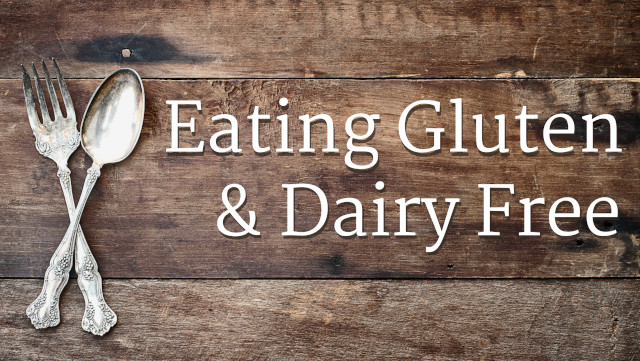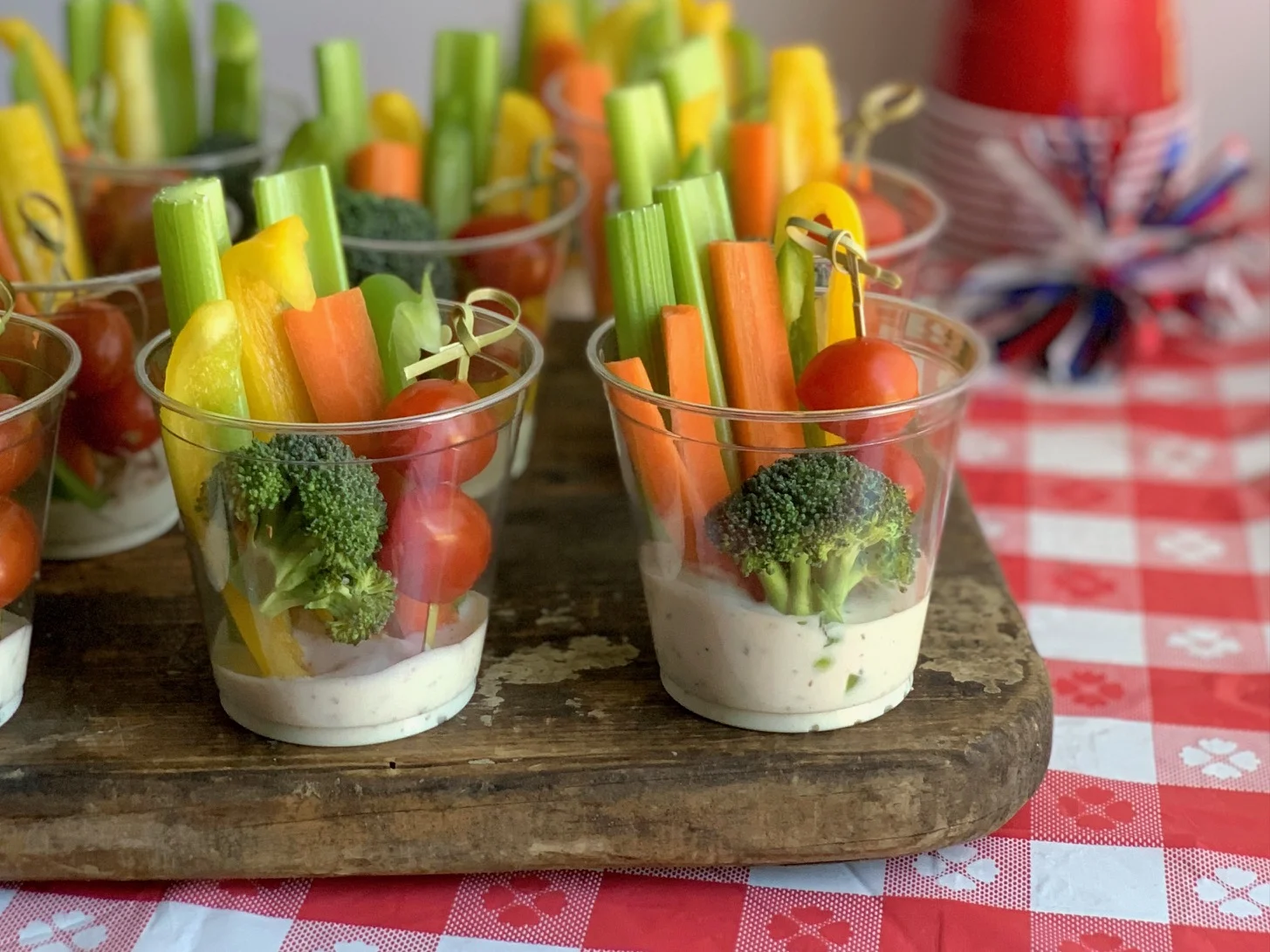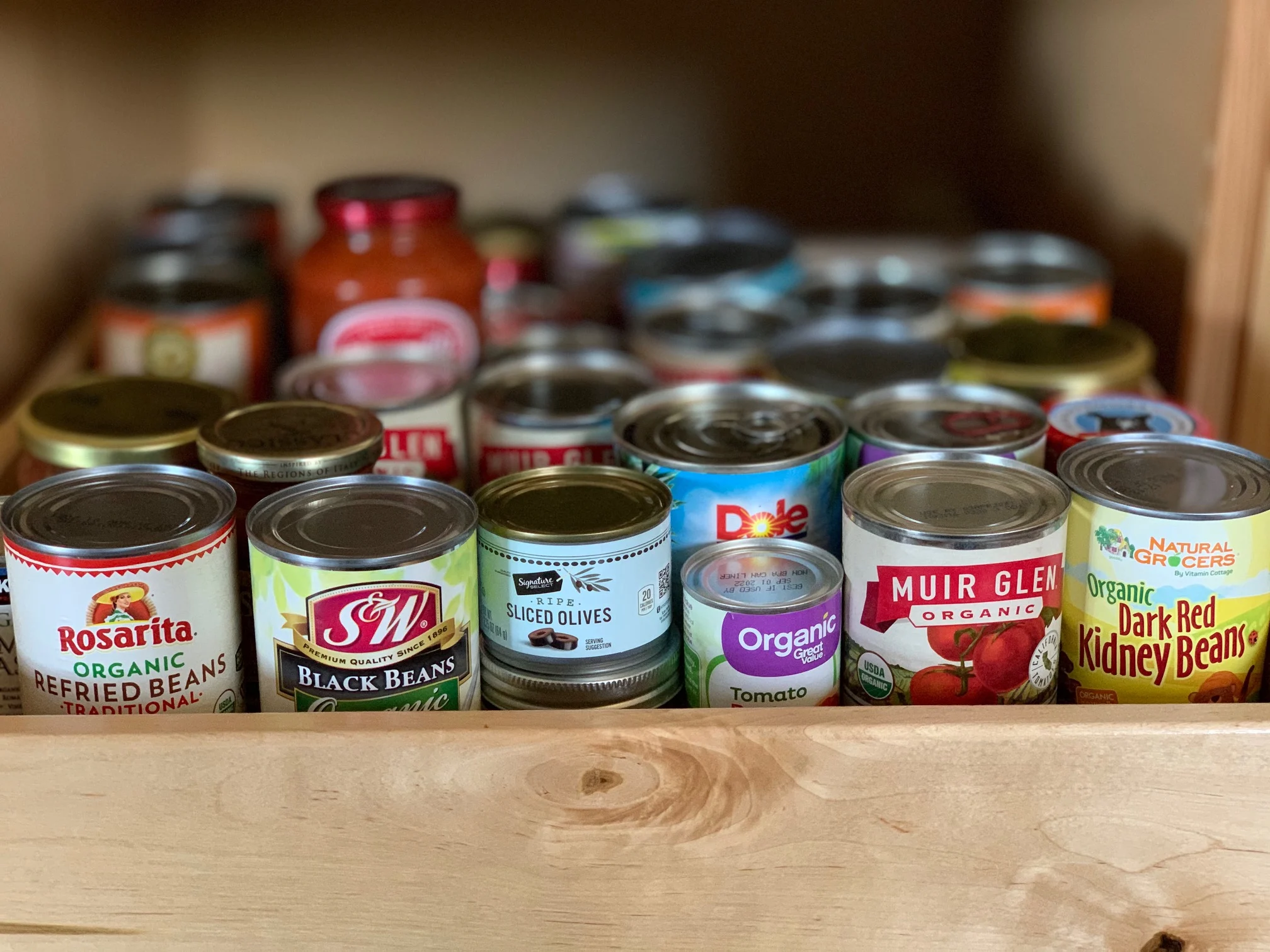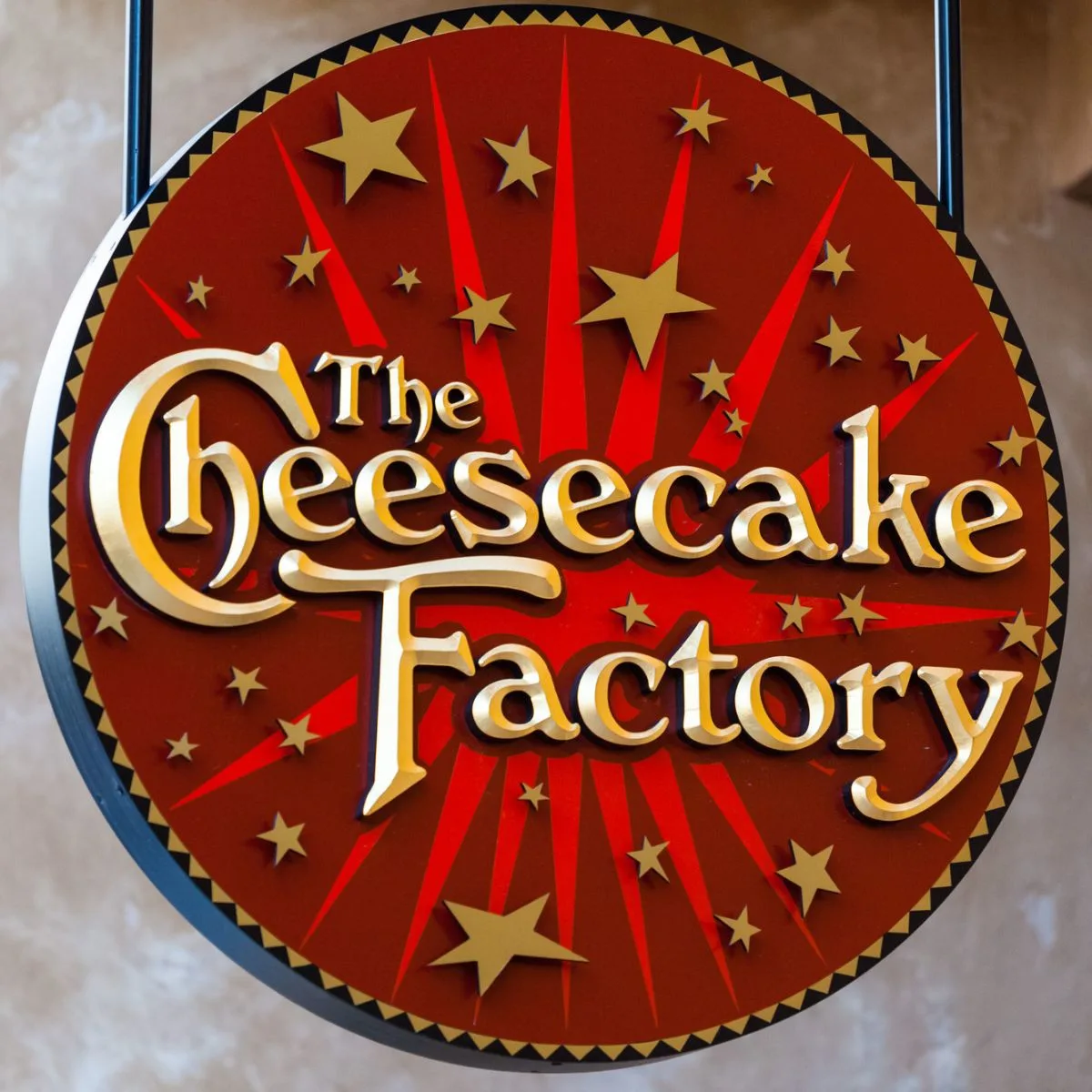Learn to cook, bake and enjoy time in the kitchen with the best gluten and dairy free recipes out there. Family friendly and delicious - tested by our family of 6!
Find recipes for a gluten and dairy free breakfast, lunch, snack, dinner, and dessert.
Trending Recipes
These are our top, tried and true recipes and gluten and dairy free living tips that our readers can't get enough of.

Hey, It's Victoria!
Welcome. Victoria creates yummy gluten and dairy free recipes to make mealtime more delicious and less stressful without breaking the bank.
Breakfast Recipes
Start the day off right by enjoying some of these allergy-friendly breakfast recipes-gluten and dairy free meals!
You must use the category slug, not a URL, in the category field.See more breakfast recipes →
Dinner Recipes
Gather some delicious dinner recipes here to make sure everyone has full bellies when they leave the dinner table!
See more dinner recipes →
Dessert Recipes
Enjoy these delicious desserts that are all gluten and dairy free! So many allergen friendly options to choose from.
See more dessert recipes →
Recent Recipes
Gluten and Dairy Free Living Tips






















